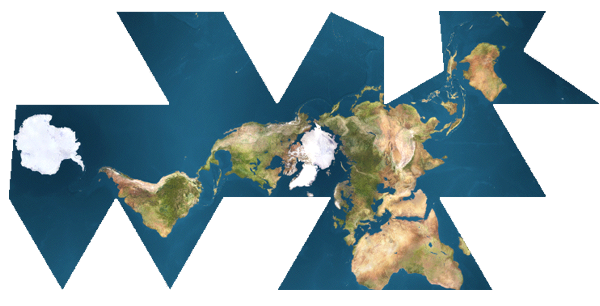
Litteratur |
CRS: Rare Earth Elements: The Global Supply Chain. / :
Marc Humphries. 2013.
'There are 17 rare earth elements (REEs), 15 within the chemical
group called lanthanides, plus yttrium and scandium. The
lanthanides consist of the following: lanthanum, cerium,
praseodymium, neodymium, promethium, samarium, europium,
gadolinium, terbium, dysprosium, holmium, erbium, thulium,
ytterbium, and lutetium. Rare earths are moderately abundant in the
earth’s crust, some even more abundant than copper, lead,
gold, and platinum. While more abundant than many other minerals,
REEs are not concentrated enough to make them easily exploitable
economically. The United States was once self-reliant in
domestically produced REEs, but over the past 15 years has become
100% reliant on imports, primarily from China, because of
lower-cost operations.
U.S.-based Molycorp has begun production at its Mountain Pass mine
and anticipates production at full capacity (19,050 metric tons) in
2014. Molycorp also operates a separation plant at Mountain Pass,
CA, and sells rare earth concentrates and refined products from
newly mined and previously mined above-ground stocks. Molycorp
announced its purchase of Neo Materials Technology (renamed Moly
Canada), a rare earth processor and producer of permanent magnet
powders which has facilities in China.
Some of the major end uses for rare earth elements include use in
automotive catalytic converters, fluid cracking catalysts in
petroleum refining, phosphors in color television and flat panel
displays (cell phones, portable DVDs, and laptops), permanent
magnets and rechargeable batteries for hybrid and electric
vehicles, generators for wind turbines, and numerous medical
devices. There are important defense applications, such as jet
fighter engines, missile guidance systems, antimissile defense,
space-based satellites and communication systems. World demand for
rare earth elements was estimated at 136,000 tons per year, with
global production around 133,600 tons in 2010. The difference was
covered by previously mined aboveground stocks. World demand is
projected to rise to at least 160,000 tons annually by 2016
according to the Industrial Minerals Company of Australia.'